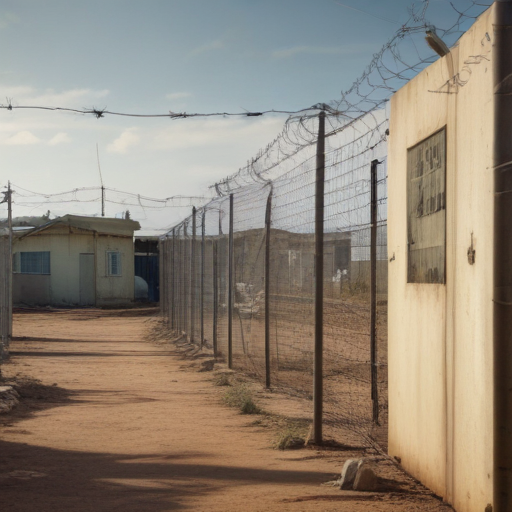President Donald Trump has signed a memorandum directing the federal government to prepare the Guantanamo Bay Naval Base in Cuba for the potential housing of tens of thousands of migrants. This initiative includes plans for the Departments of Defense and Homeland Security to create additional detention space for what are termed “high-priority criminal aliens” unlawfully present in the United States.
During a press event at the White House, Trump stated, “Most people don’t even know about it. We have 30,000 beds in Guantanamo to detain the worst criminal illegal aliens threatening the American people. This will double our capacity immediately.” His remarks coincided with the signing of the Laken Riley Act, significant legislation of his second term that mandates the detention of undocumented migrants charged with specific crimes, securing bipartisan support in Congress earlier this month.
Trump’s comments emphasized a commitment to addressing crime associated with migration, suggesting that these actions would lead to the eradication of “the scourge of migrant crime” in American communities. Advised by top immigration officials, the management of any such facility at Guantanamo Bay would be overseen by Immigration and Customs Enforcement (ICE).
Border czar Tom Homan noted that this expansion would build upon existing migrant centers, with operations grounded in Miami. Homeland Security Secretary Kristi Noem referred to the potential use of Guantanamo for what she termed “the worst of the worst” among migrants.
However, the proposal has raised concerns regarding the actual capacity of the Guantanamo facilities. A U.S. official indicated that the alleged 30,000 beds are no longer available, with current infrastructure unable to accommodate that number. Managing such a population would require significantly more military staff than currently stationed at the site.
Criticism has also come from the Cuban government, with President Miguel Díaz-Canel condemning the plans as an act of “brutality,” arguing that housing migrants at Guantanamo Bay—located in territory claimed to be illegally occupied by the U.S.—is inhumane and reminiscent of previous detention tactics.
This situation unfolds as the U.S. grapples with ongoing immigration challenges, positioning Guantanamo Bay in the spotlight once again, but perhaps with a focus that will invite further scrutiny and debate.
The complexities surrounding this issue reflect a larger dialogue about how the U.S. manages migration and related challenges, warranting close attention from both policymakers and the public. In such uncertain times, finding balanced solutions that uphold human rights while addressing the needs for national security will be critical.
